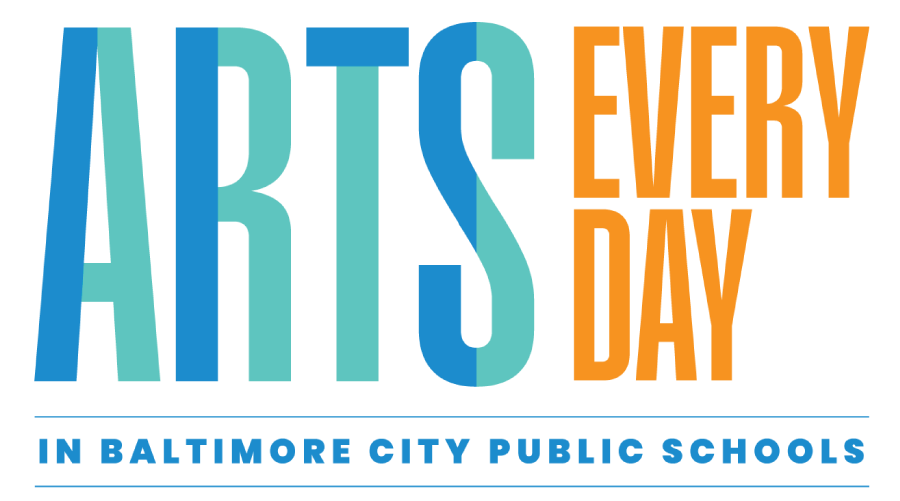
VIEW NEXT ARTIST >
Monique crabb
artist
MEET THE ARTIST
Monique Crabb is a multi-disciplinary artist, currently pursuing an MFA. Crabb is both fascinated with second-hand materials and the accessibility of low-cost experimental art, foraging color from food waste to fabric with various techniques. Her fibers work explores form and text that address her interests in history, identity, body, and environment. BORN: 1982 in Houston, Texas LIVES: Baltimore, Maryland ARTIST WEBSITE: https://www.moniquecrabb.com “I got really obsessed with reusing materials. We’re at a point where it seems unnecessary to buy new materials.”
https://youtu.be/BIgtluJZKcshttps://youtu.be/Nr9V9NE7vv0https://youtu.be/kN6rcCLX2bI
“I got really obsessed with reusing materials. We’re at a point where it seems unnecessary to buy new materials.”
https://youtu.be/BIgtluJZKcshttps://youtu.be/Nr9V9NE7vv0https://youtu.be/kN6rcCLX2bI
SKILLS
Dyeing Natural Materials, Sewing, and NeedleworkMEDIA
Natural (Plant) Dyed Fabric, Thread, Needles, Frame or HoopMAKE
Create a colorful drawing that tells a story about who you are as a person. Research and draw, or paint, a portrait of a notable Black person from American culture who inspires you to be a better person. Identify values and beliefs this figure has that you share as well. Create an abstract painting/drawing using geometric shapes and flat colors to design a clothing pattern that describes personality. In your artist statement, describe how the colors you selected illustrate your character.CONNECT
GRADES K-2 ELA Reading Standards: With support ask and answer questions about key details in a text [about baltimore jazz music]. Maryland State Fine Arts Standards (MSFAS): I:P-2:1: Think creatively about self, others, places, and events. GRADES 3-5 ELA Reading Standards: Determine and explain the main idea of a text [about Baltimore jazz history] and explain how it is supported by key details. When needed, summarize the text for further comprehension. MSFAS: I:3-5:1: Act on creative ideas to develop personally meaningful compositions through observation, imagination, or memory. GRADES 6-8 ELA Reading Standards: Cite the textual evidence to clearly support an analysis of what the text [about Baltimore jazz history] says as well as inferences drawn from the text. MSFAS:I:6-8:1: Access, evaluate, use and manage information throughout the context of art history and design. HIGH SCHOOL ELA Reading Standards: Cite strong and thorough textual evidence to support analysis of what the text says explicitly as well as inferences drawn from the text [about Baltimore jazz history]. MSFAS:I:9-12:1: Act on creative ideas within the context of a given or chosen art problem.TALK
GRADES K-2 Pre and Post Questions about Monique Crabb’s Videos Preview: What materials do you enjoy using to make art? Why do you enjoy using that material over other materials? What colors remind you of nature? What colors remind you of family? Post: Why does Monique Crabb use colors from nature? Why is it important for Monique Crabb to reuse materials instead of buying new things? Resources about Environmental Sustainability- The EARTH Book by Todd Parr
- The Giving Tree Book by Shel Silverstein
- 10 Things I Can Do to Help My World by Melanie Walsh
- The Pout-Pout Fish Cleans Up the Ocean by Deborah Diesen,
- One Plastic Bag by Miranda Paul
